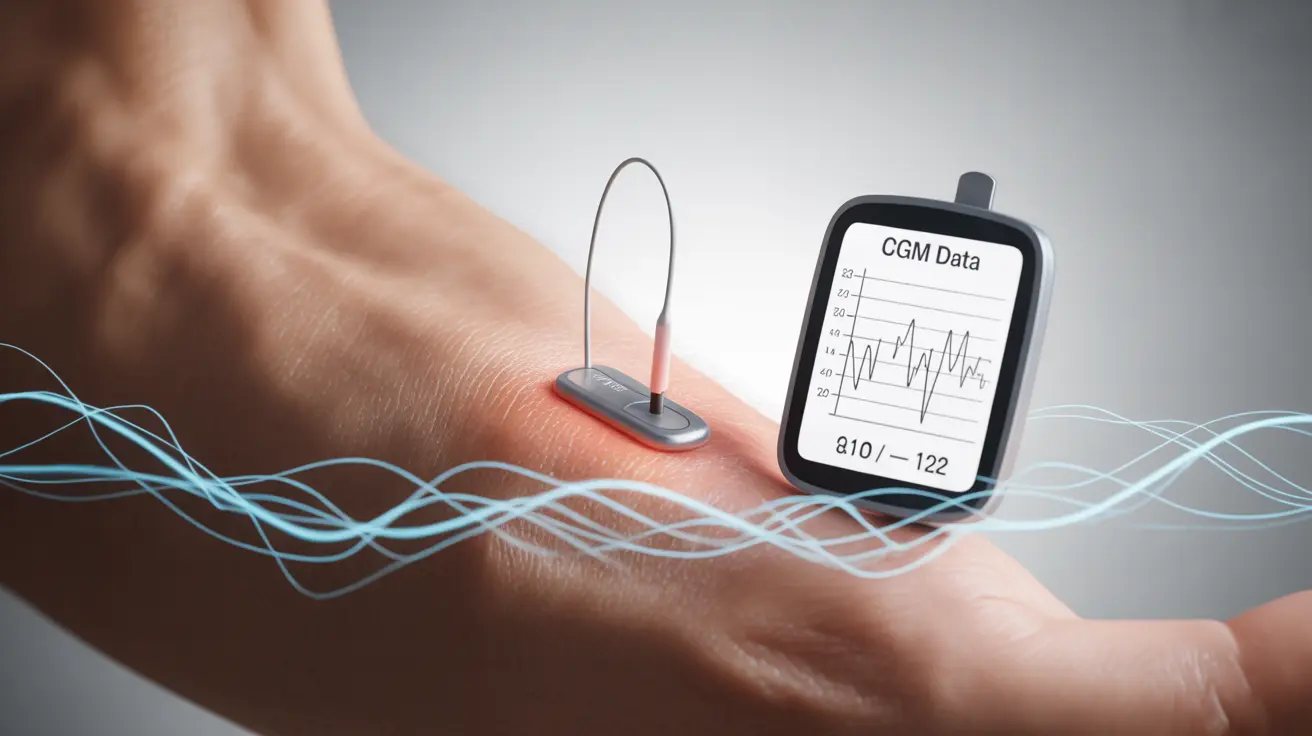Continuous glucose monitoring (CGM) technology is revolutionizing how we detect and manage prediabetes, offering a powerful tool for early intervention before type 2 diabetes develops. This advanced monitoring system provides real-time insights into blood sugar patterns, helping both healthcare providers and individuals take proactive steps toward better health outcomes.
Understanding how CGM works for prediabetes management can be transformative for those at risk of developing diabetes. Let's explore how this technology is changing the landscape of prediabetes detection and management.
How CGM Technology Detects Prediabetes
CGM systems use a tiny sensor inserted under the skin to measure glucose levels continuously throughout the day and night. Unlike traditional blood sugar tests that only provide snapshots of glucose levels, CGM offers a comprehensive view of how blood sugar fluctuates in response to food, exercise, stress, and other factors.
The technology can identify subtle blood sugar variations that might be missed by conventional testing methods, such as post-meal spikes or overnight fluctuations. This detailed data helps healthcare providers identify prediabetes patterns earlier, enabling more timely interventions.
Advantages of CGM for Prediabetes Management
Using CGM for prediabetes offers several significant benefits:
- Immediate feedback on how different foods affect blood sugar
- Real-time alerts for high or low glucose levels
- Better understanding of how exercise impacts glucose control
- Detailed reports for healthcare provider consultation
- Enhanced motivation for lifestyle modifications
This continuous monitoring helps individuals make more informed decisions about their diet and activity levels, potentially preventing or delaying the onset of type 2 diabetes.
Who Should Consider CGM for Prediabetes?
While not everyone with prediabetes needs a CGM, certain individuals may benefit more from this technology:
- People with consistently elevated A1C levels
- Those with a strong family history of diabetes
- Individuals struggling to manage their blood sugar through lifestyle changes
- People who want to understand their body's unique glucose responses
- Those motivated to make data-driven health decisions
Accessibility and Prescription Requirements
The landscape of CGM accessibility is evolving. While many CGM systems traditionally required a prescription, some newer options are becoming available over the counter. However, insurance coverage varies, and some systems may require out-of-pocket expenses.
Working with a healthcare provider remains important for proper device selection and interpretation of the data, even with more accessible options becoming available.
Using CGM Data for Lifestyle Changes
The real-time feedback from CGM systems can be particularly motivating for making sustainable lifestyle changes:
- Understanding immediate effects of different foods
- Identifying optimal timing for exercise
- Recognizing stress-related blood sugar changes
- Making informed decisions about meal timing and composition
- Tracking progress over time
Frequently Asked Questions
How does a continuous glucose monitor (CGM) help detect prediabetes earlier than traditional blood tests?
CGM provides continuous, real-time glucose data rather than just periodic snapshots, allowing detection of subtle blood sugar abnormalities that might be missed by traditional tests. This comprehensive monitoring can reveal early signs of glucose dysfunction before they're apparent in standard blood tests.
What are the benefits of using a CGM for managing prediabetes and preventing type 2 diabetes?
CGM offers immediate feedback on how lifestyle choices affect blood sugar, enables early intervention for high glucose levels, provides detailed data for healthcare providers, and helps users understand their unique glucose patterns. This information can guide more effective preventive strategies.
Who should consider using a CGM if they have prediabetes or are at risk for diabetes?
CGM may be particularly beneficial for individuals with elevated A1C levels, strong family history of diabetes, difficulty managing blood sugar through lifestyle changes, or those who want to take a more proactive approach to preventing diabetes.
Can CGMs be used without a prescription, and how accessible are they for people with prediabetes?
While many CGM systems require a prescription, some newer options are becoming available over the counter. Accessibility varies by location and insurance coverage, with some systems requiring significant out-of-pocket expenses.
How can real-time glucose data from a CGM motivate lifestyle changes to reduce diabetes risk?
Real-time CGM data provides immediate feedback on how diet, exercise, and other lifestyle factors affect blood sugar levels. This immediate feedback helps users make more informed decisions and see the direct impact of their choices, increasing motivation for positive changes.




